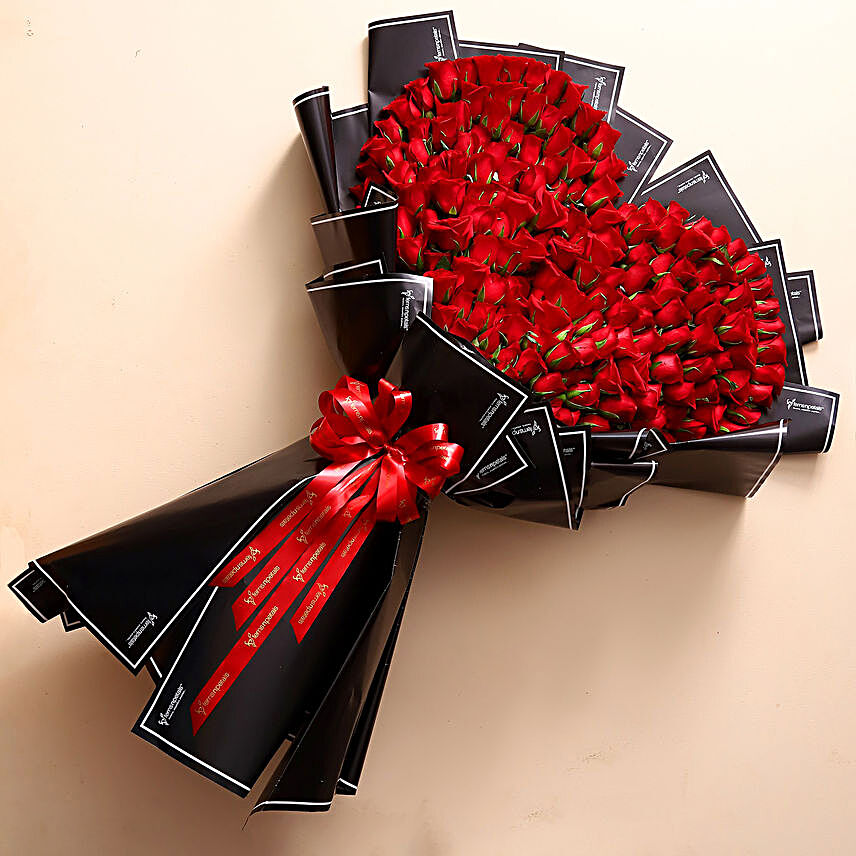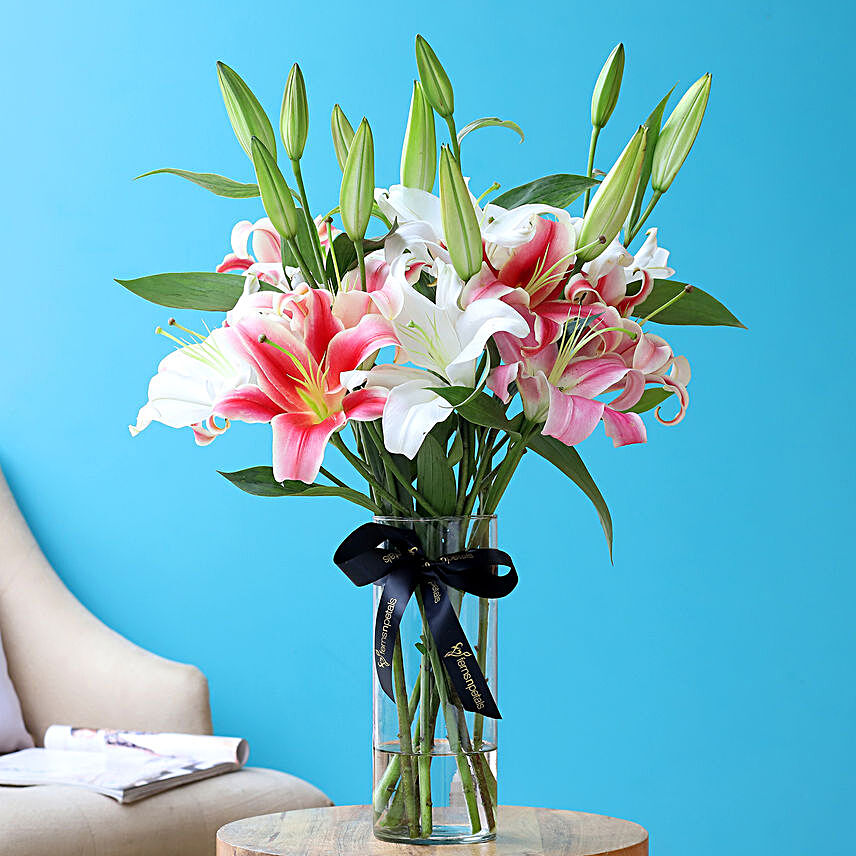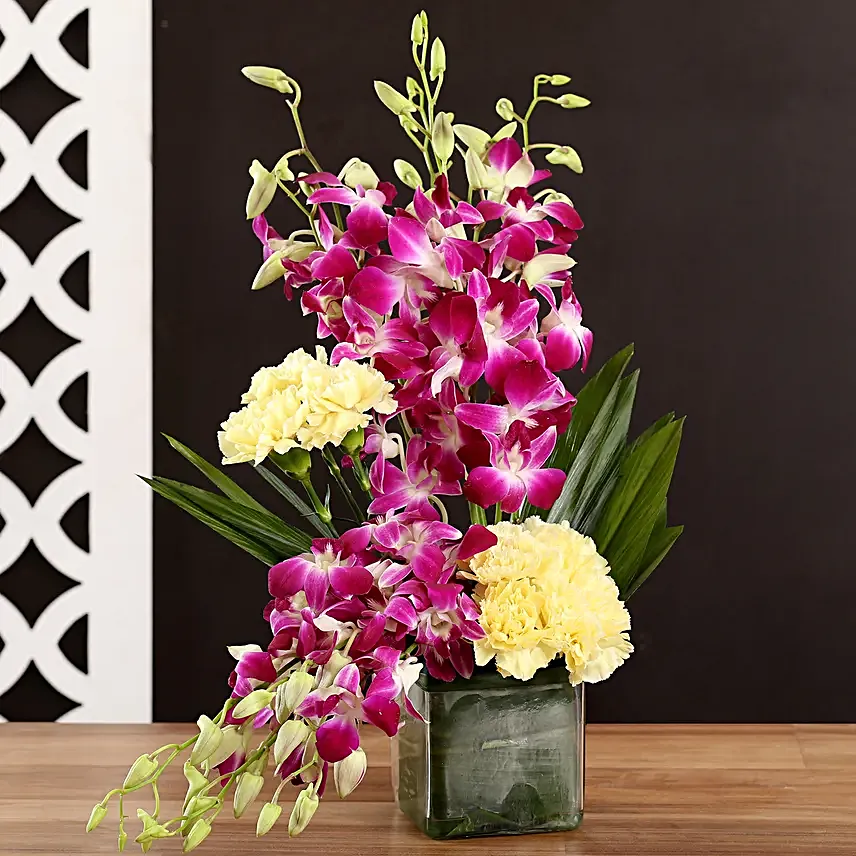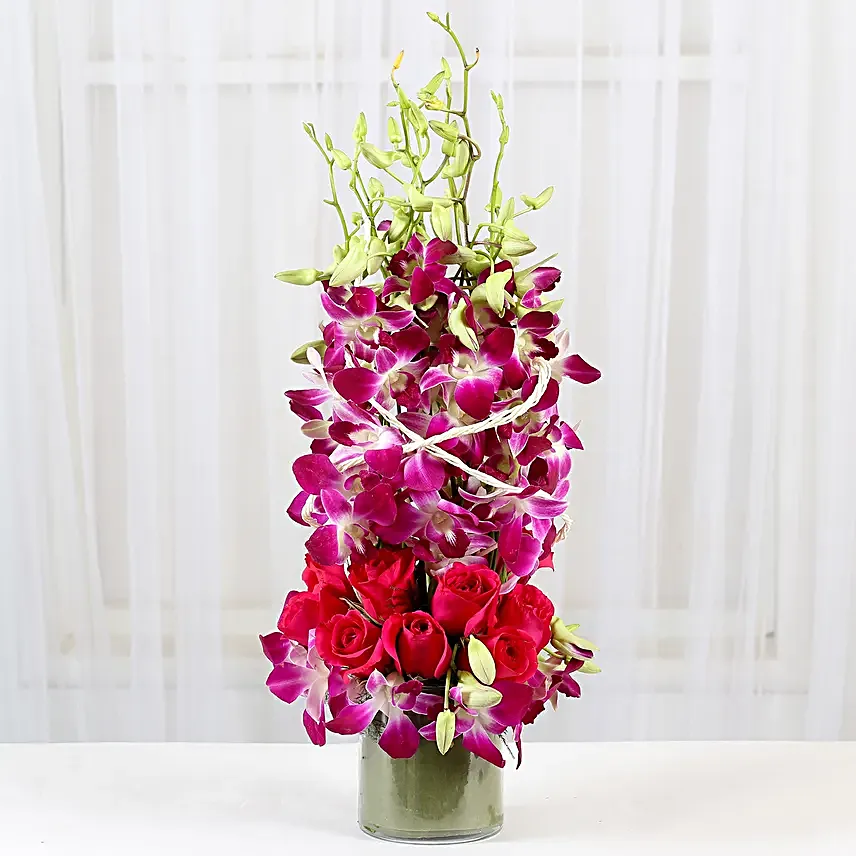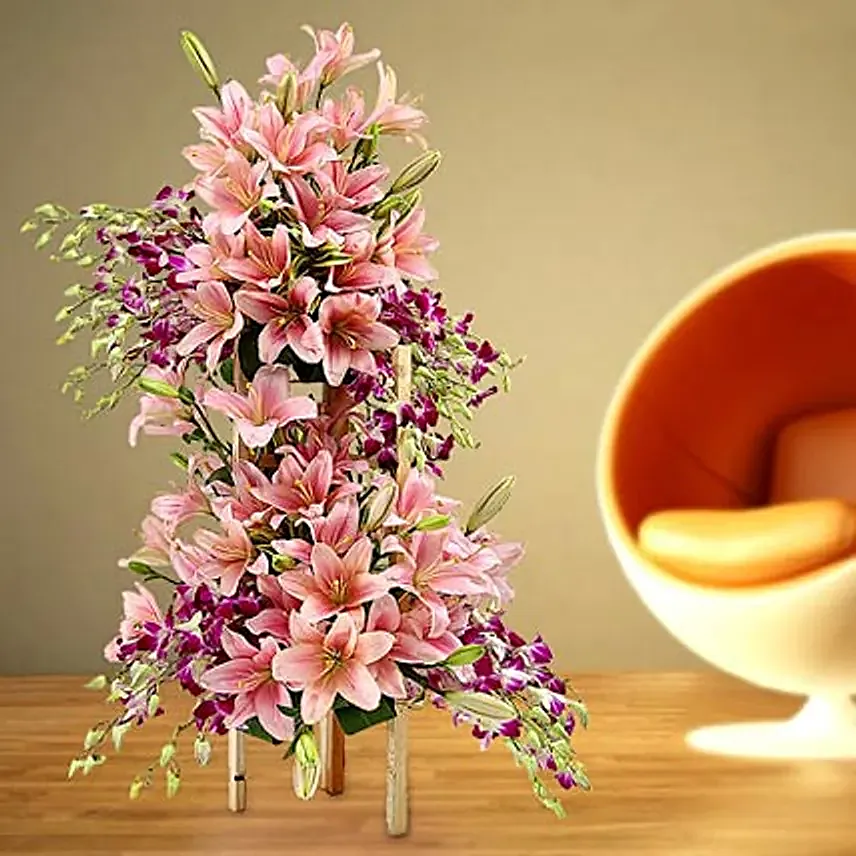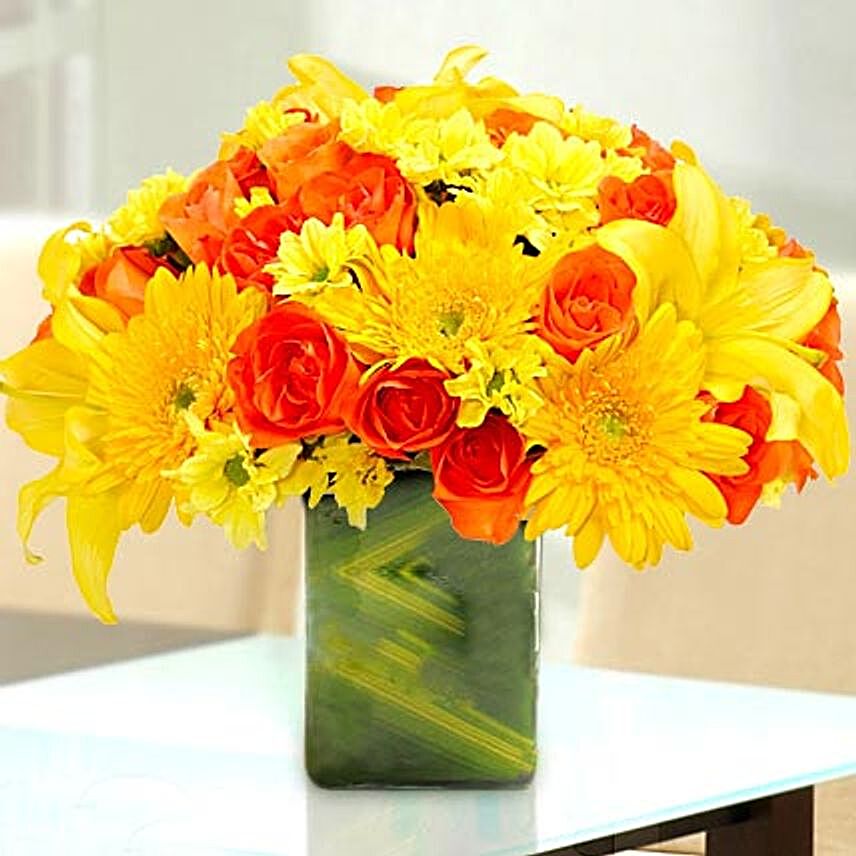What is the History of the Boutonniere
- Author: Anushka Published: 07th March, 2024
The popularity and usage of flowers know no bounds! They are the best choice when it comes to giving gifts to extend warm wishes on different occasions. Flowers take centre stage when it comes to decorating. In fact, they even add a burst of colour and introduce amazing flavours to your dishes.
While all of these are popular practices, flowers make up an important part of the outfit as well. Boutonniere is a small floral decoration typically worn on the lapel of a suit or tuxedo. The tradition of wearing one has a rich history that dates back centuries. This article explores the origins and evolution of the lovely tradition of wearing a boutonniere.
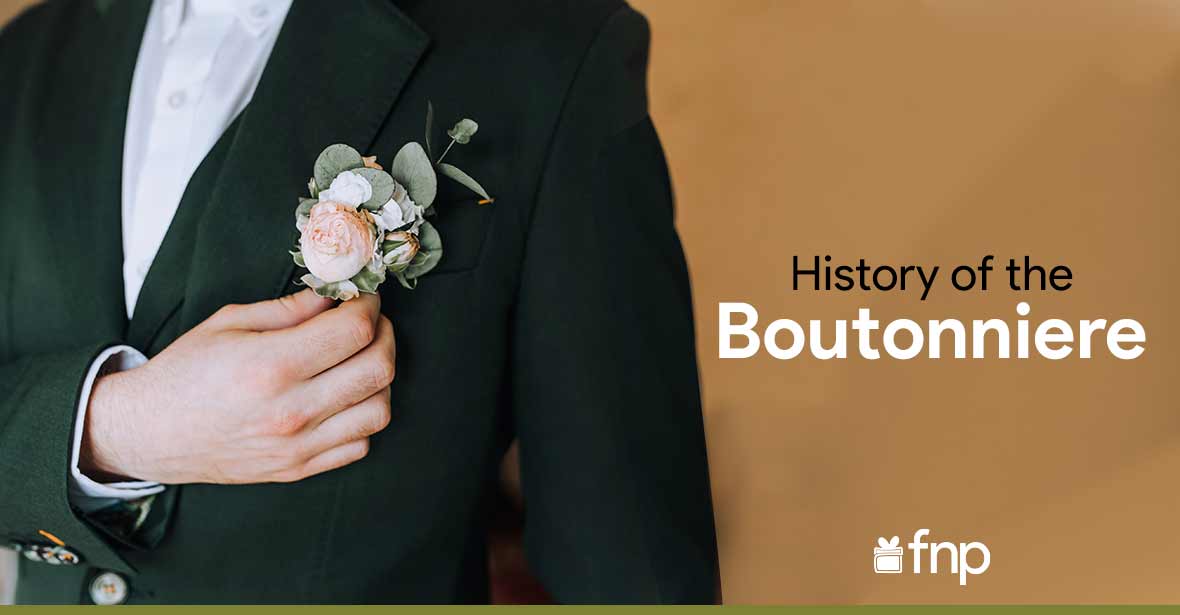
Ancient Beginnings
The tradition of wearing a boutonniere goes back to ancient civilisations. In ancient Egypt, people would adorn themselves with fragrant flowers and herbs, often carrying them to ward off evil spirits. Similarly, the Greeks and Romans carried small bunches of herbs and flowers for practical and decorative purposes as well.
Medieval Europe
At this stage, boutonnieres took on a new role. While going for a battle, knights would wear a lady's colours or a lucky charm on their armour or clothing. These charms or tokens further evolved into small bouquets believed to bring luck and protection. This resulted in boutonnieres becoming the symbol of honour and chivalry.
The Renaissance
During this point of time, the accessory took a romantic route. Men wearing a single flower or a tiny bouquet to extend their affection to their ladylove became a popular sight. White and red roses were preferred choices, symbolising purity and love respectively.
Victorian Era
Soon came the Victorian era which saw a positive reappearance in the popularity of boutonnieres. Both men and women wore boutonnieres (or corsages) not only for romantic reasons but also as a means of expressing sentiments. People would choose different flowers, based on their symbolic meanings.
Modern Times
In the 20th century, boutonnieres continued to be a fashionable accessory, especially on occasions such as weddings and formal events. Today, boutonnieres are still worn at weddings, proms and various other formal events.
